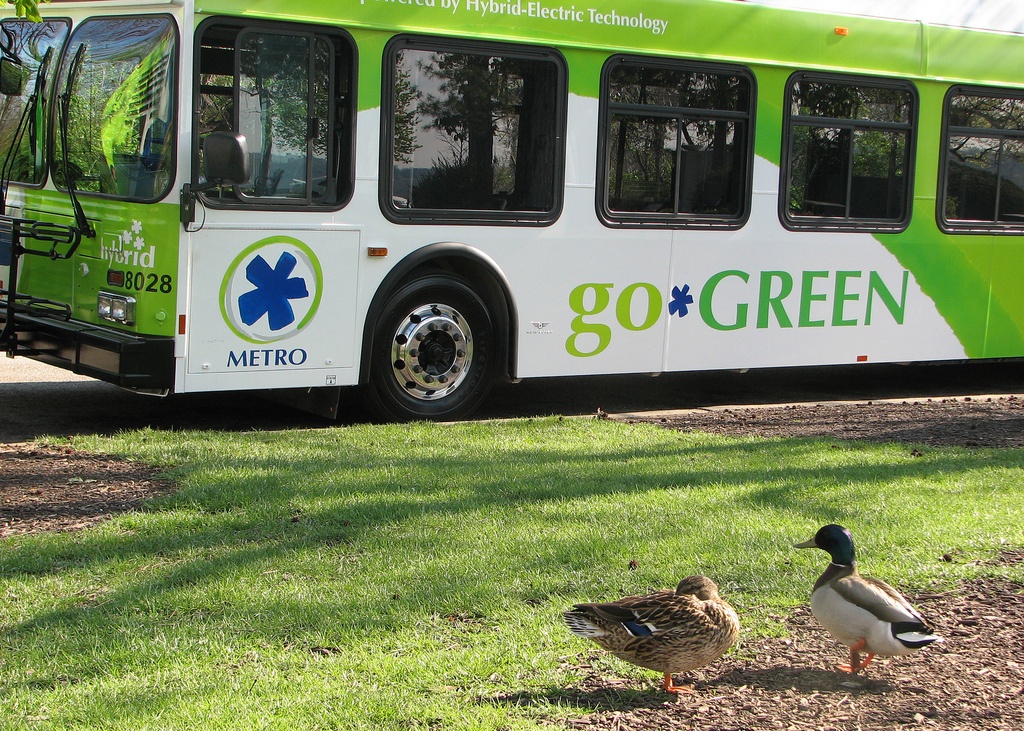“Going green” is a term that’s finally got some bite to its bark. It’s more than lip service, at last reaching a stage at which making conscientious efforts to reduce one’s carbon footprint is almost as important to businesses’ reputations and bottom lines. Go green to, as Americans would put it anyway, save green.
A value chain is created, linking the outcomes together: bottom line benefits linked to the business need to find efficiency gains (reducing capital investment, reducing ongoing costs, such as subscription fees and energy costs, reducing investment in additional server infrastructure while getting better performance from existing resources with fewer people working on it), which is in turn linked to the “going green” trend, i.e., fewer servers means a smaller carbon footprint, which, while it might look good in a company’s CSR brochure, is also a more and more significant contributor to real results.
How green was my valley
A recent BBC article cites sustainability as the key to long-term business health and even growth:
“A growing number of businesses, both big and small, new economy and old, are embracing the sustainable agenda.
If nothing else, the economic cost of inaction is simply too great. Indeed, a recent study backed by the United Nations put the cost to the global economy of the damage done to the natural world by humans at between $2tn-$4.5tn a year."
Businesses are taking it upon themselves to consider sustainability as a part of doing business. As the BBC article highlights, many major companies have voluntarily gone beyond cost reduction and energy-efficiency measures by committing to using 100% renewable energy and even by starting to integrate their environmental impact directly into their entire supply-chain calculation.
Regulation is not far behind, putting pollution taxes, carbon pricing and other measures in place to enforce change. A major example of this is the Paris Agreement on climate changeon climate change, which was signed late in 2015 (but has not yet entered into force).
Essentially, inhabiting and building an increasingly greener space is about both risk mitigation and forging ahead into bigger and broader opportunity: “In this way, more and more companies are finding that sustainability can be a key driver of revenue growth.”
It IS easy being green
Along these same lines, it’s not as hard to get started making these moves as it might seem.
A new report from IT analyst firm QuoCirca details how companies, looking to truly get greener without damaging growth, performance or profits, can make cost-effective software changes, preserve or even boost performance, streamline operations AND leave a lighter environmental impact behind.
With intelligent web caching softwareand strategies, companies can optimize for fast performance while reducing the number of servers in use and gain both cost-based and green benefits from lower energy use, licensing, administration and resource costs and fees.
Download QuoCirca’s report to learn how to save money while improving green credentials by implementing intelligent web data caching software.
Photo (c) 2009 Metro Bus used under Creative Commons license.
/VS-logo-2020-197x60.png?width=136&height=60&name=VS-logo-2020-197x60.png)

